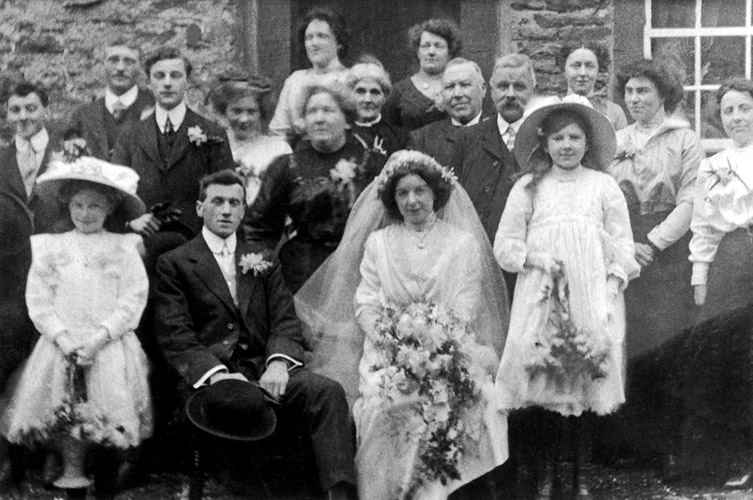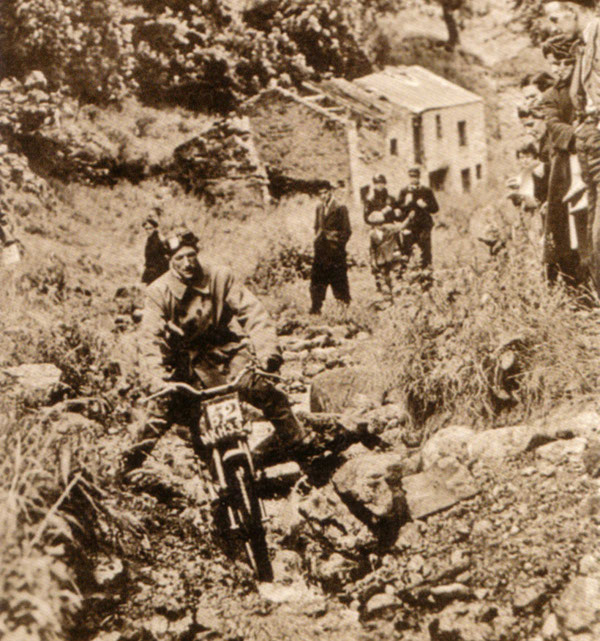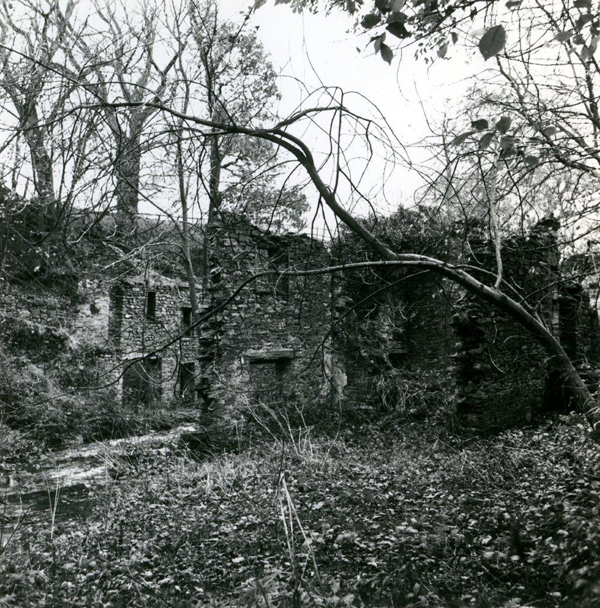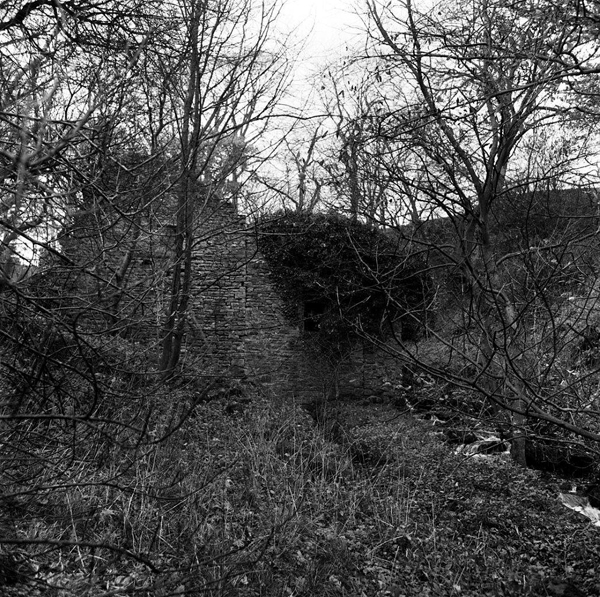
Griff Mill, Melmerby
(slideshow changes every 45 seconds. Please click on a thumbnail to move on, or go back.)
Griff Mill is between Melmerby and Carlton, and is presently in a ruined state. There is no public access.
See below for a Brief History of Griff Mill.




Sylvester Storey's wedding to Annie Hancock in 1913, pictured outside Griff Mill.
Sylvester Storey built the round cow house at Fleensop, and was the son of Henry Storey.
Griff Mill, 1949, is the backdrop to the Alan Jefferies Trial.
Photo courtesy of Chris Hogg, from Wensleydale & Coverdale Through Time, Amberley, 2013.
Griff Mill, 1977
Photograph courtesy of Chris Hogg.
With thanks to Dot and Tony Keates
Griff Mill, 1977
Photograph courtesy of Chris Hogg.
With thanks to Dot and Tony Keates
1 - 4
<
>
A Brief History of Griff Mill
by Tony Keates
Griff Mill, which straddles the boundary between Melmerby and Carlton townships, has been a milling site for over 600 years. It was almost certainly the manorial mill in medieval times. It would have been grinding barley and oats, rather than wheat.
The earliest written record found so far dates from 1257, in a charter between Geoffrey Pigot, the Lord of Melmerby, and his overlord, Ralph de Neville, Lord of the Manor of MIddleham, granting him (Ralph) the right to take millstones from Geoffrey Piggot’s quarry on Melmerby Moor "for all his mills in Richmondshire in addition to his mills at Griff". They were to cost him 4d per pair.
In 1605 a survey of the Lordship of MIddleham refers to “Richard Dawson, an overshot watermill - Carlton Mill alias Griffe Mill.” which is valued at £5, with an annual rent of £1 6s 8d. This is the earliest written record so far found which confirms that it was an overshot watermill, that is that the water fell on to the wheel from above. A conveyance of 1663 refers to “a water grist mill or corn mill called Grffe Mill with kiln adjoining”. A drying kiln would have been essential to dry the grain prior to it being milled.
Throughout the 17th, 18th and 19th centuries, a series of conveyances record the change of ownership of the mill up to 1823, and it appears in all the censuses from 1841 to 1911, although the latest date found for it being a working mill is in a 1905 Trades Directory. The 1910 Land Tax records state it was damp and in poor condition, and that it had not worked for at least 5 years, the wheel being in a very poor state of repair, requiring much expenditure to enable it to continue working.
Griff Mill was occupied as a residence well into the 1940s by William Waggett Handcock and his wife, who were regular customers of Topham Arms House, the village pub.